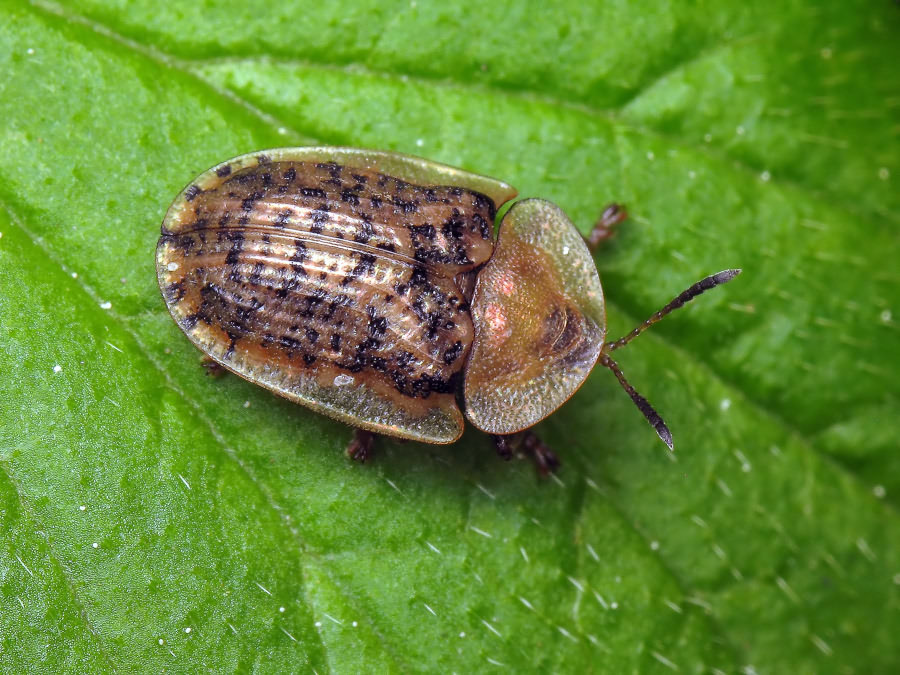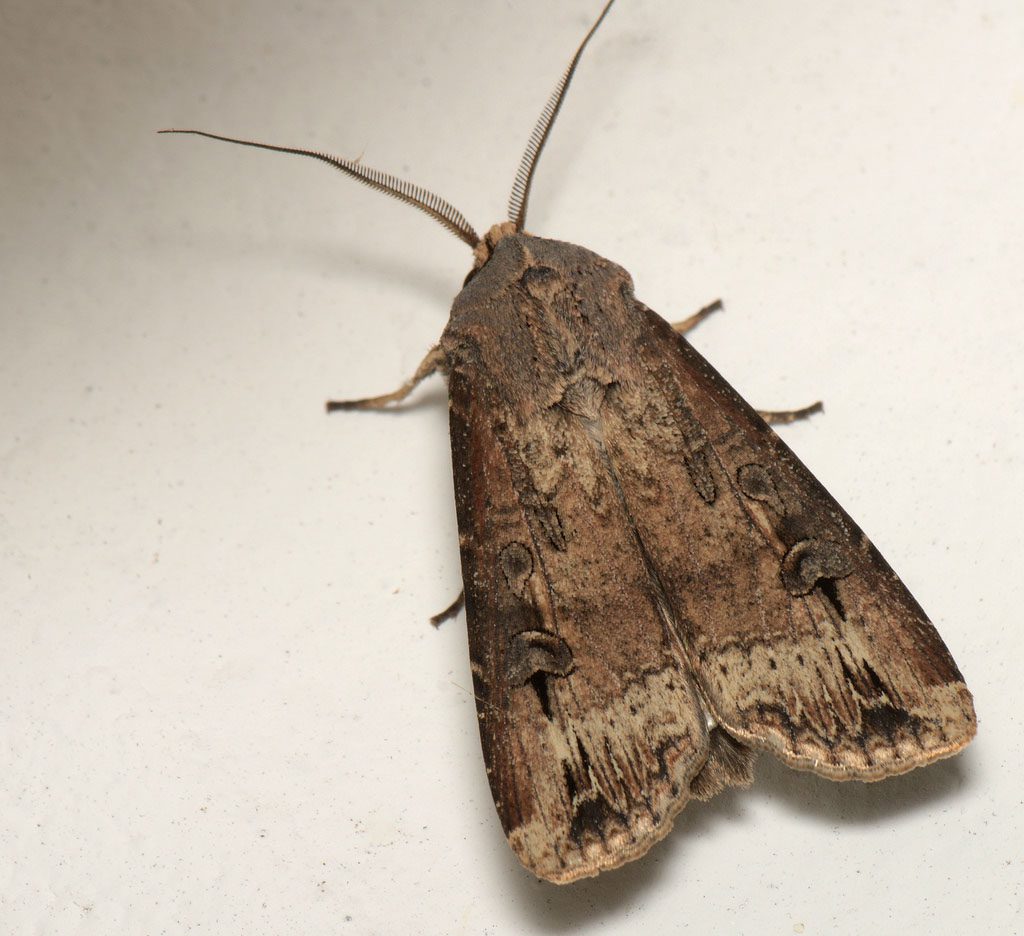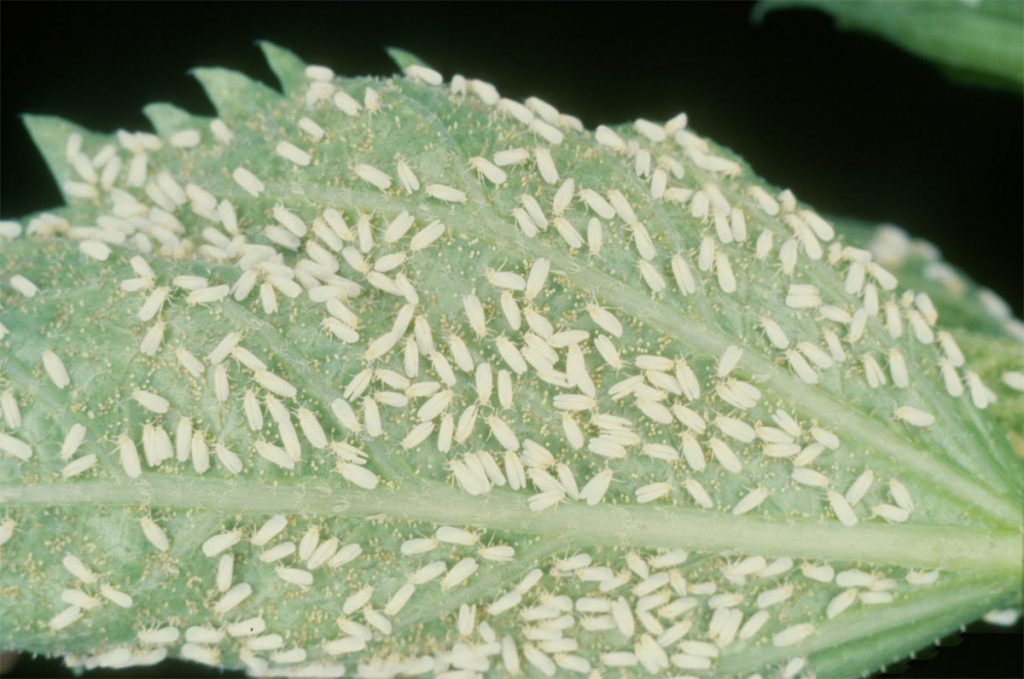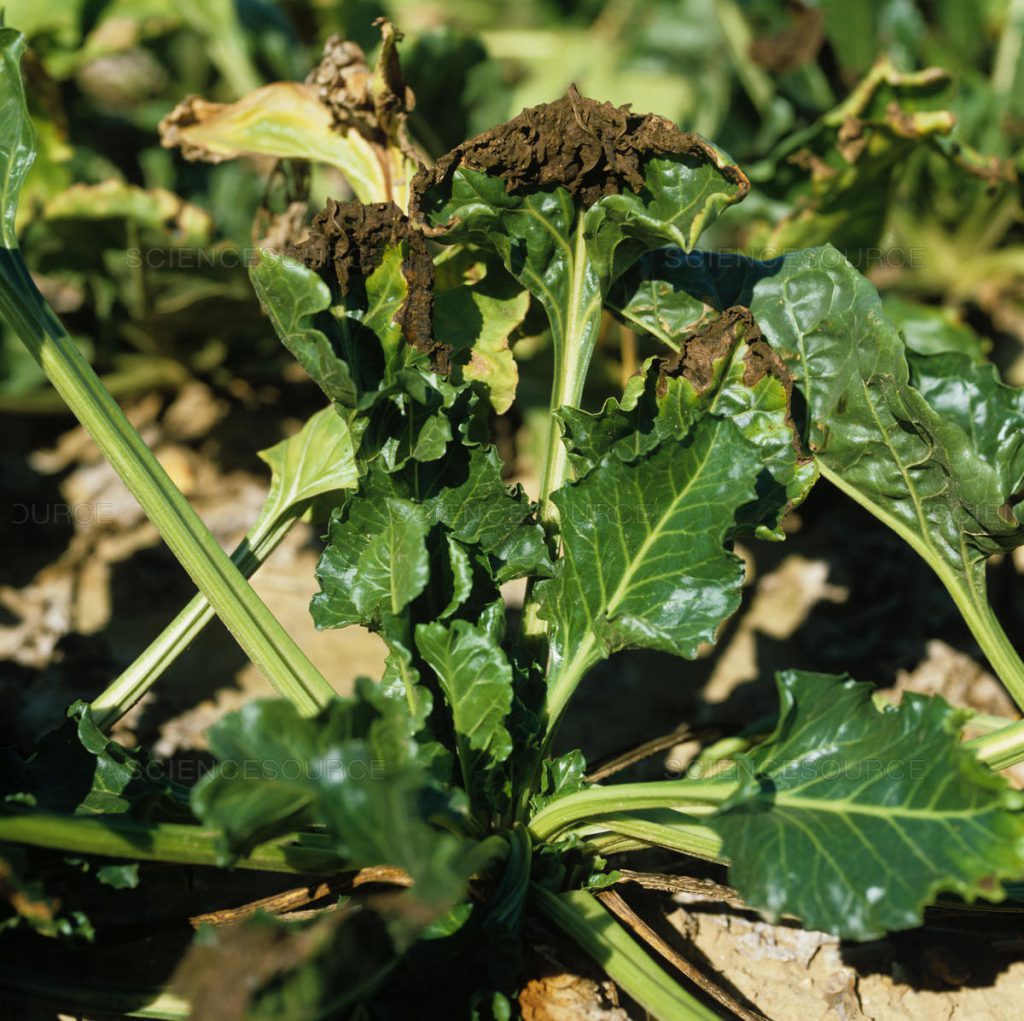Cassidia is found mainly in beets and some native plants. The larvae begin to eat the leaf from its back surface.
Scientific name: Cassida nebulosa, C. nobilis, C. seraphina
Greek name: Κασσίδα
Damage
The larvae begin to eat the leaf from its back surface. Later the leaf is covered with small holes, presenting the appearance of a sieve. The developed larvae and larvae complete the destruction of the leaf, leaving only the ribs.
Enemy
The larvae are about 9 mm long and greenish-yellow in color. They carry a crown of stiff hairs laterally and a forked appendage at the end of the abdomen.
The adults (beetles) reach a length of 5-7 mm, are flattened oval in shape and greenish in color. The pronotum and elytra are large enough to cover the body of the insect.
Notes
The appearance of the cassava is favored by warm weather in spring and in fields with many weeds.
Cassida seraphina was first observed causing damage to beetroot in 1992 in Greece (Thrace).
Source
www.bayercropscience.gr
Cassida nebulosa
Tags: BEETROOT • BEETROOTS • PLANTS ENEMY





